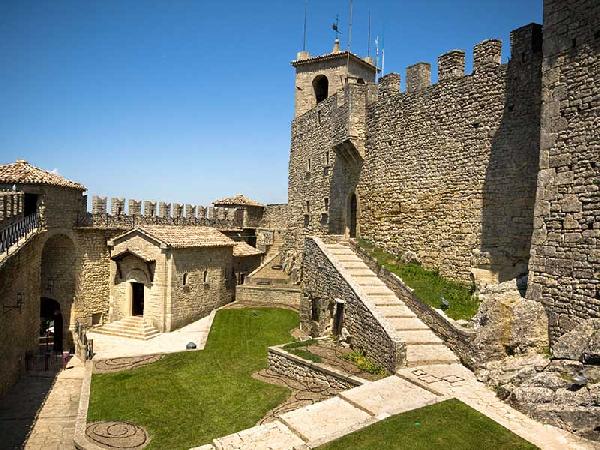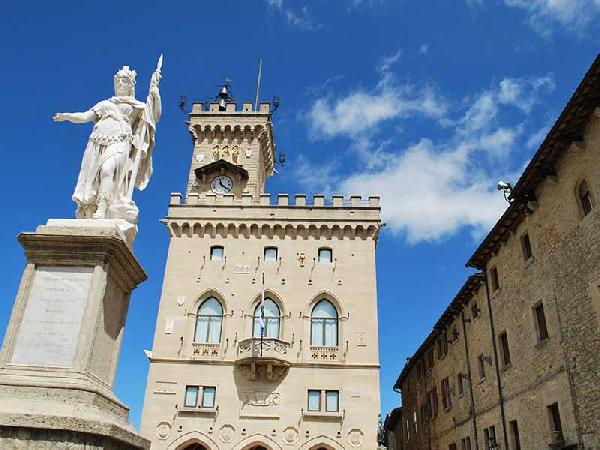Sights in San Marino
Sights in San Marino
One of the European countries, which is very often visited by tourists, is San Marino, on average, about 3 million guests come here every year. The country has perfectly preserved the look of the Middle Ages and many castles - this is the main "highlight" of the state.


Almost all the inhabitants of the country live in castle towns (Ciezanuovo, Montegiardino, Fiorentino, Domagnano, Faetano, Borgo Maggiore, Serravalle, Acquaviva), these castles have been preserved almost in their original form. And the rest of the villages and towns of the country are so colorful that they often serve as scenery when shooting various films.
Small old houses, terraces form the image of the capital. Winding, the narrow streets of the “upper city” rise up, the remains of fortifications on their way form many dead ends, lanes and miniature squares, which are so characteristic of the towns of the Middle Ages. Here and there you can see the remains of the fortress walls that once protected the independence of the city from the encroachments of its neighbors.


Three powerful rows of fortress walls were built at different times and once upon a time surrounded the entire mountain, they were an almost impregnable fortress. Today, only fragments of walls and donjons have been preserved from them.
There are quite a few attractions in San Marino, but one of the main ones can be called the Palazzo Publico or the Government Palace, built in 1884 instead of the old palace Domu Communis Magna.
The new palace is more like a fortress: a beautiful building with battlements, pointed turrets and polygonal balconies, with a perfectly preserved Meeting and Audience Hall, a Council Hall, which even has 60 chairs and a monumental fireplace, a Voting Hall and even more wonderful examples of middle-aged art. centuries.


In front of the Palazzo Publico is Liberty Square. In its center rises a statue of the freedom of work, once the German Countess Geiroth-Waginer presented this statue to the city. Behind the statue, a marble slab is built into the stone pavement with a “wind rose”, and if you go down the square, you can see cisterns - “fossi”, in the 14th century they served to collect rainwater for drinking, since there are no rivers in the country , only a few streams that descend from the mountain peaks.
03-07-2017

 Helpful information
Helpful information

